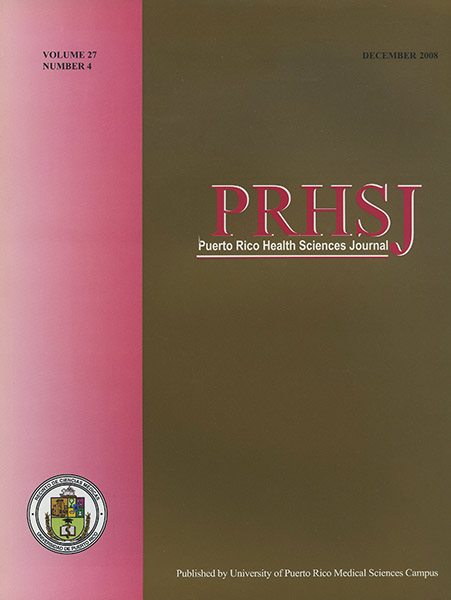Resumen
Acute coronary syndromes (ACSs) are the most common cause of hospital admission in patients with coronary artery disease (CAD). The term ACS refers to a spectrum of acute life-threatening disorders that includes: unstable angina (UA), non ST elevation myocardial infarction (NSTEMI) and ST elevation myocardial infarction (STEMI). The pathophysiology is similar: coronary atherosclerosis plaque rupture and subsequent thrombus formation. Such plaques usually are lesions with < 50% stenosis severity prior to ACS, but are lipid-rich soft plaques (vulnerable plaques). The clinical presentation depends on the degree of partial (UA/NSTEMI) or complete lumen obstruction of the culprit coronary artery (STEMI). This article reviews the UA/NSTEMI ACS, since these two entities are closely related and usually, it is not possible to distinguish them upon presentation at the emergency department (ED). It presents the latest advancement on the pathophysiology, clinical presentations, diagnosis, risk stratification and management. It emphasizes on the selection of the optimal management approach which includes early invasive versus initial conservative strategies. Besides, it discusses the different approaches being used in the light of the information provided by the latest clinical trials. Although, at the present time, the optimal management approach remains unsettled, ACSs are usually managed using an early invasive strategy in tertiary care hospitals in the USA. The application of clinical practice guidelines developed by the American College of Cardiology and the American Heart Association (ACC/AHA) has confirmed definite improvement of patient care. Part of the information presented in this article, particularly in its management, is based on these guidelines (3). Evidence base scientific data insists upon using aggressive medical therapy (statins, anti-platelets, beta blockers [BBs], angiotensin converting enzyme inhibitors [ACE-Is], and control of coronary risk factors) as well as mechanical reperfusion, whether by percutaneous coronary intervention (PCI) or by coronary artery bypass graft (CABG). These approaches are considered complementary rather than as opposing strategies.
Authors who publish with this journal agree to the following terms:
a. Authors retain copyright and grant the journal right of first publication with the work simultaneously licensed under a Creative Commons Attribution License that allows others to share the work with an acknowledgement of the work's authorship and initial publication in this journal.
b. Authors are able to enter into separate, additional contractual arrangements for the non-exclusive distribution of the journal's published version of the work (e.g., post it to an institutional repository or publish it in a book), with an acknowledgement of its initial publication in this journal.
c. Authors are permitted and encouraged to post their work online (e.g., in institutional repositories or on their website) prior to and during the submission process, as it can lead to productive exchanges, as well as earlier and greater citation of published work (See The Effect of Open Access).
